Intermediate Photography Course – NOW AVAILABLE ONLINE
This six lesson photography training course follows on from our beginners photography course . It covers a number of creative photography subjects extending your skills to the more advanced level.
This course is suitable for students who have already taken the beginner course or for anyone who has a reasonable level of understanding and experience of basics of photography.
If you are unsure as to whether this course is the right level for you, please click on our beginner pages as well.

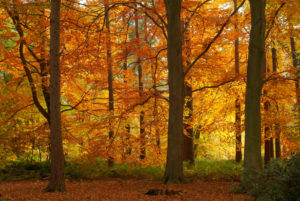
Lesson one includes: This lesson will show you how to use focal length creatively.How to use a wide angle lens to create a dynamic composition or how to use a telephoto lens to really focus attention on your subject. Depth of field is an enormously important photographic tool; we cover this subject in depth. What shutter speed we choose is an equally important consideration which is also discussed in detail. How sensor size affects the image, image stabilisation and why and when we should use a tripod finishes off this lesson. This in depth lesson consists of over 100 minutes of video lessons and comprehensive PDF notes.
Lesson two includes: This lesson is about the thought process behind creating an image that quite literally leaps off the frame; one that has real impact. By using a repeatable workflow you will learn how to make the right technical choices for each image as well as Identifying the right compositional tools to use to create a dynamic image. How to focus attention on the subject, how to simplify the image and how to use separation are all important considerations when it comes to constructing a picture that has impact. This lesson consists of an eighty-four minute video plus comprehensive PDF notes.
Week three (light) includes: This lesson covers the creative potential of light and colour. There is no such thing as bad light; you just need to match the right light to right subject. We will discuss the quality of light, the direction of light and the colour temperature of light plus looking at what type of light will work for a particular subject. Once how to use natural light has been fully explained we will then move on to colour. How to use the artist’s colour wheel is another important tool in our photographer’s tool box. How colour affects the mood of our photograph and how the viewer will react to it will be fully explored. This lesson includes a one hour video lesson plus PDF backup notes.
Lesson Four Photographic filters This lesson looks at the useful photographic filters available and how to use them. Graduated ND filters, ND filters, polarizing filters, UV filters are all discussed along with the merits of the screw in filters and filter systems. This lesson consists of a 20 minute video plus PDF backup notes.
Lesson Five Exposure As the name suggests this lesson is all about getting the right exposure for your images. This includes subjects such as metering modes (aperture shutter priority and full manual), what metering patterns to use (multi, centre weighted, partial and spot) and how to use them. 18% grey and why it’s important. Incident light meters and the grey card explained. Exposure latitude, integrated light readings and exposure bracketing are also explained in detail. After this lesson you should have a thorough understanding of all aspects of getting the correct exposure. This lesson consists of a video lesson of over forty-five minutes plus PDF backup notes.
Lesson six (artificial light) includes: This lesson concentrates on the camera’s built in flash unit or the hot shoe mounted portable flash guns that can be fitted to the top of our cameras. In this in-depth lesson we look at flash modes (1st curtain sync, 2nd curtain sync, slow sync, anti- red eye), flash synchronisation, flash metering options, flash compensation, fill flash, how to achieve the right exposure using flash light, bounce flash and diffusing flash output. Last but not least, how to trigger a portable flash unit remotely. This lesson consists of a fifty-five minute video lesson plus comprehensive back-up notes.

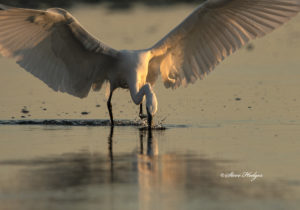
Over the six photography lessons I aim to cover a wide range of subjects. Each one will be covered in enough detail to be useful without it becoming so technical that it leaves you cold and detracts from the picture-taking process.
This course will be all the photography training needed for the intermediate photographer. It is about developing your photographer’s eye and learning how to use the skills needed to capture and produce fantastic photographs.
The lessons are online so that you can learn at your own pace with practical advice in mind. After you have completed each lesson, you will be encouraged to go out and take some photographs of your own; on a specific subject but this is optional. If you don’t have time, it will not affect what is being covered during the next lesson. A constructive critique of the project photographs is also a very important part of this online course. Your course tutor will also be on hand via email to answer any questions you might have in relation to the course material.
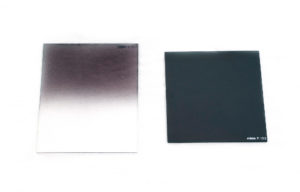

You don’t need any specialist equipment to complete this digital photography course; your regular camera will be fine.
In keeping with all my photography courses and workshops this program of lessons is designed to be run in a friendly and relaxed atmosphere. I think we all learn better when we are enjoying ourselves.
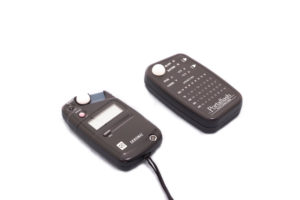
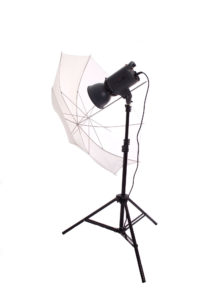
So whether your passion is landscape, portrait, sports, still-life or wildlife and nature photography this course will be relevant . You will learn how to use your camera more confidently and be able to communicate your ideas into fantastic images with a much greater degree of success.
Through payment of a deposit or a full payment for this course, you agree to the Terms and Conditions of our Photography Courses as stipulated on our Terms and Conditions page.

